The deck is often the centerpiece of outdoor living spaces, providing a platform for social gatherings, relaxation, and family activities. Over time, environmental factors and usage contribute to wear and tear, necessitating a thoughtful restoration. Whether to hire a professional service or embark on a DIY project is a decision that affects not just the appearance and functionality of the deck but also its long-term maintenance and value. Explore the differences between professional and DIY deck restoration, detailing the outcomes, costs,
time investments, and more to help you make an informed decision.
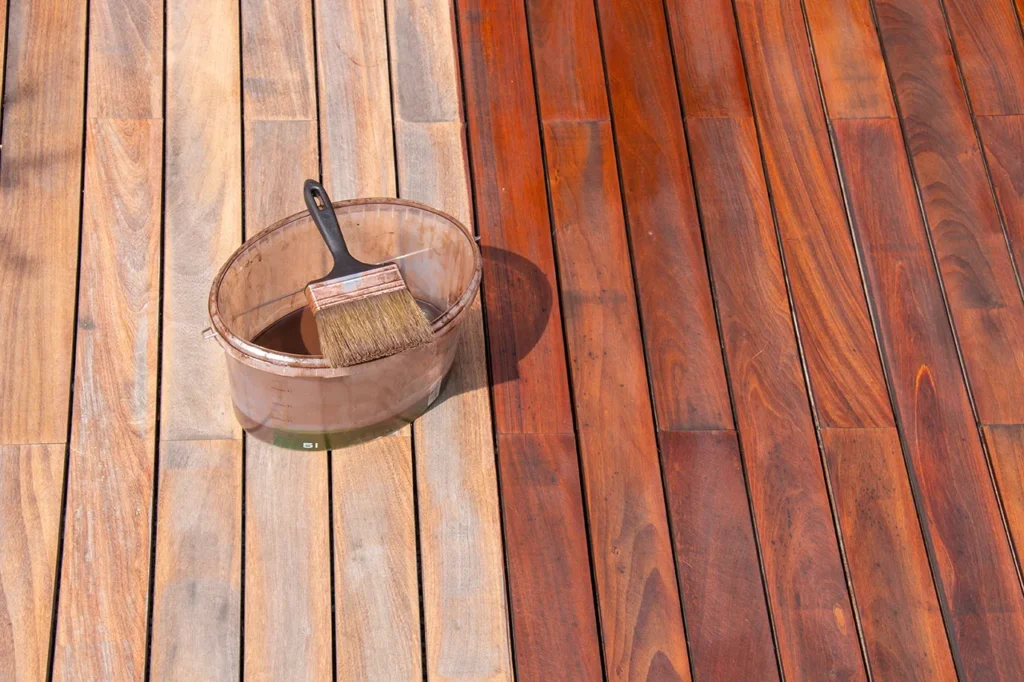
Understanding Deck Restoration
Deck restoration is more than just a cosmetic facelift. It involves a thorough examination and remediation of the deck’s structure and surface. Key components of restoration include:
- Inspection: Checking for structural safety, including railings, steps, and support posts.
- Cleaning: Removing dirt, grime, and mildew that can accelerate wood decay.
- Repairing: Replacing damaged or rotted wood and fixing loose nails and screws.
- Sanding: Smoothing the surface to prepare for sealing or staining.
- Finishing: Applying stains, paints, and sealants to protect the wood from moisture and UV damage.
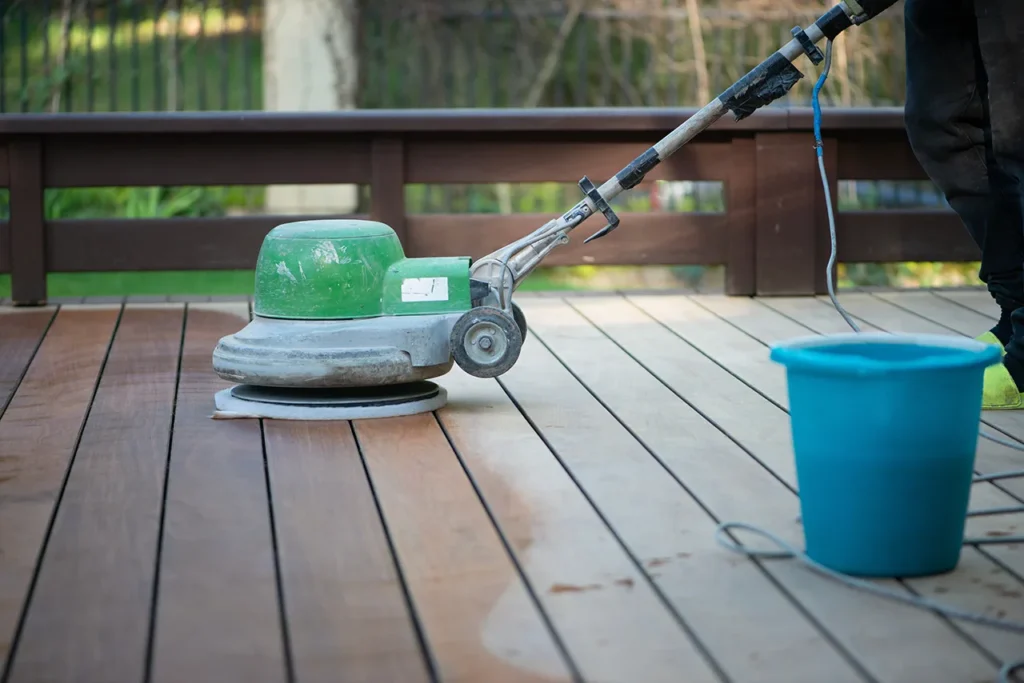
Option 1: Hiring Professional Services
Quality of Outcome
Professionals bring a wealth of expertise and specialized tools to the project, which often translates into a more attractive, durable, and structurally sound deck. Their knowledge of different wood types, finishes, and construction techniques ensures that common restoration pitfalls are avoided.
Cost
The cost of professional deck restoration varies based on deck size, material costs, labor rates, and the extent of damage. Typically, homeowners might expect to spend anywhere from $2,500 to $7,000 on professional deck restoration services. This includes thorough inspections, high-quality materials, and labor. Although this is a significant upfront cost, the investment can extend the lifespan of your deck by several years, potentially saving money in long-term maintenance and repair costs.
Time Investment
Hiring professionals minimizes the disruption to your daily life, with most projects completed within a week, depending on the deck’s condition and size. This quick turnaround is particularly beneficial for those looking to host events or sell their home shortly.
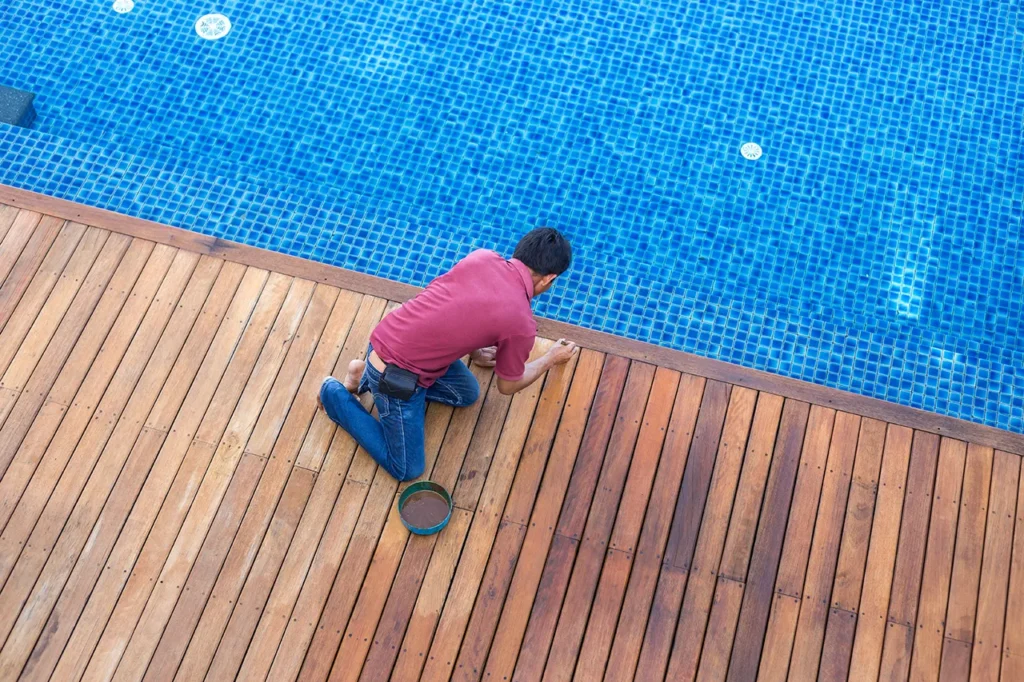
Option 2: DIY Deck Restoration
Quality of Outcome
The quality of a DIY restoration largely depends on the individual’s skill level. While numerous resources are available to assist, the lack of professional equipment and refined technique can
result in less durability and aesthetic appeal. However, for those with a solid background in home improvement, DIY restoration can be quite successful.
Cost
The immediate cost advantage of DIY is not paying for labor, which can significantly reduce expenses. Homeowners typically spend between $500 and $1,500 on materials, tools, and rentals for a DIY project. However, it’s important to consider the potential for costly mistakes, which can offset initial savings.
Time Investment
DIY projects demand a considerable time investment, often requiring multiple weekends or even longer. This time commitment can be a major drawback, particularly for those with limited free time or urgent needs for their outdoor space.
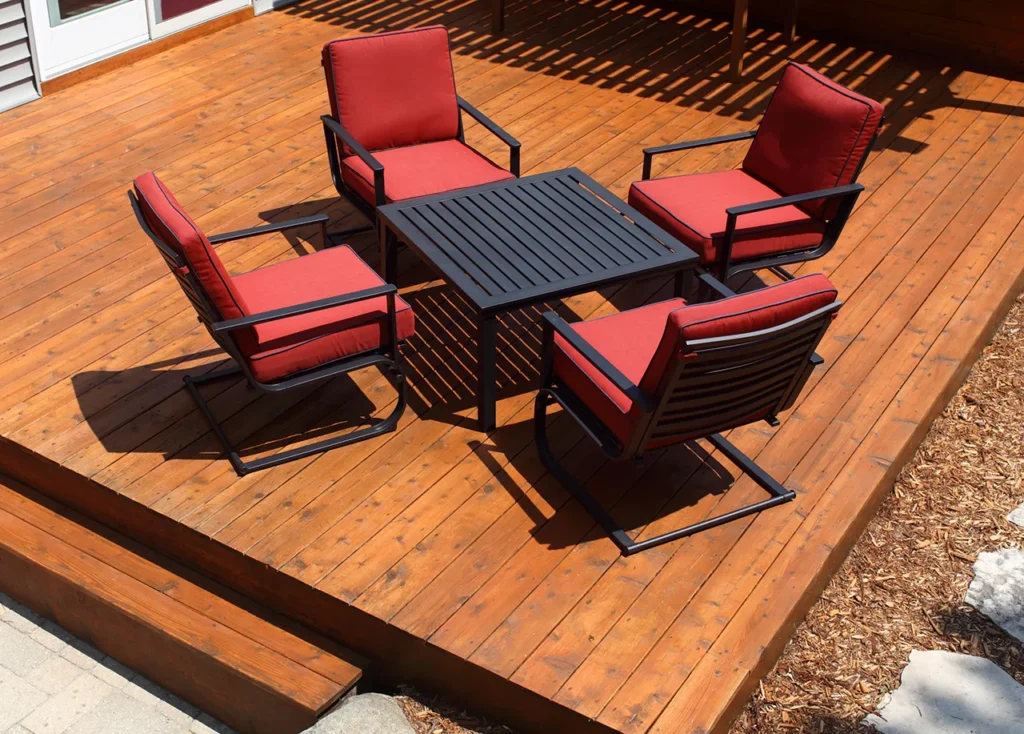
Comparative Analysis
Skills and Experience
Professional restorers are equipped to handle unexpected issues that often go unnoticed in DIY projects. They can efficiently navigate challenges such as wood rot, structural integrity, and material selection.
Longevity and Maintenance
Professionally restored decks often come with warranties and are built to last, requiring lest frequent maintenance. DIY restorations might need more upkeep over the years, particularly if the finish or repairs are not up to professional standards.
Resale Value
A professionally restored deck can significantly increase your home’s marketability and value, often returning more than the cost of the project upon sale. A DIY project might not have the same impact unless done to a high standard.
The decision between hiring a professional and doing it yourself for deck restoration depends on various factors, including your skills, budget, and how you value your time. If you have the expertise and time, a DIY project can be a rewarding and cost-effective way to restore your deck. However, for those seeking a guaranteed high-quality finish with minimal personal time
investment, professional services are advisable.
By carefully weighing the benefits and drawbacks of each approach, you can choose the best method for restoring your deck, ensuring it remains a beautiful and functional part of your home for years to come.


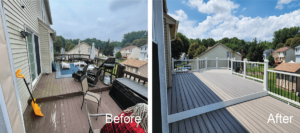
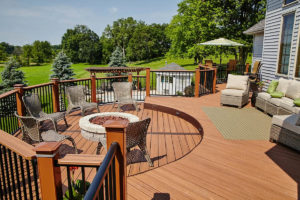

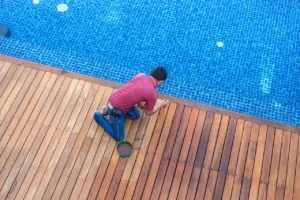
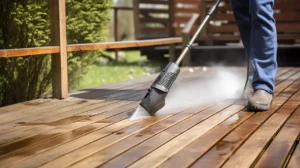

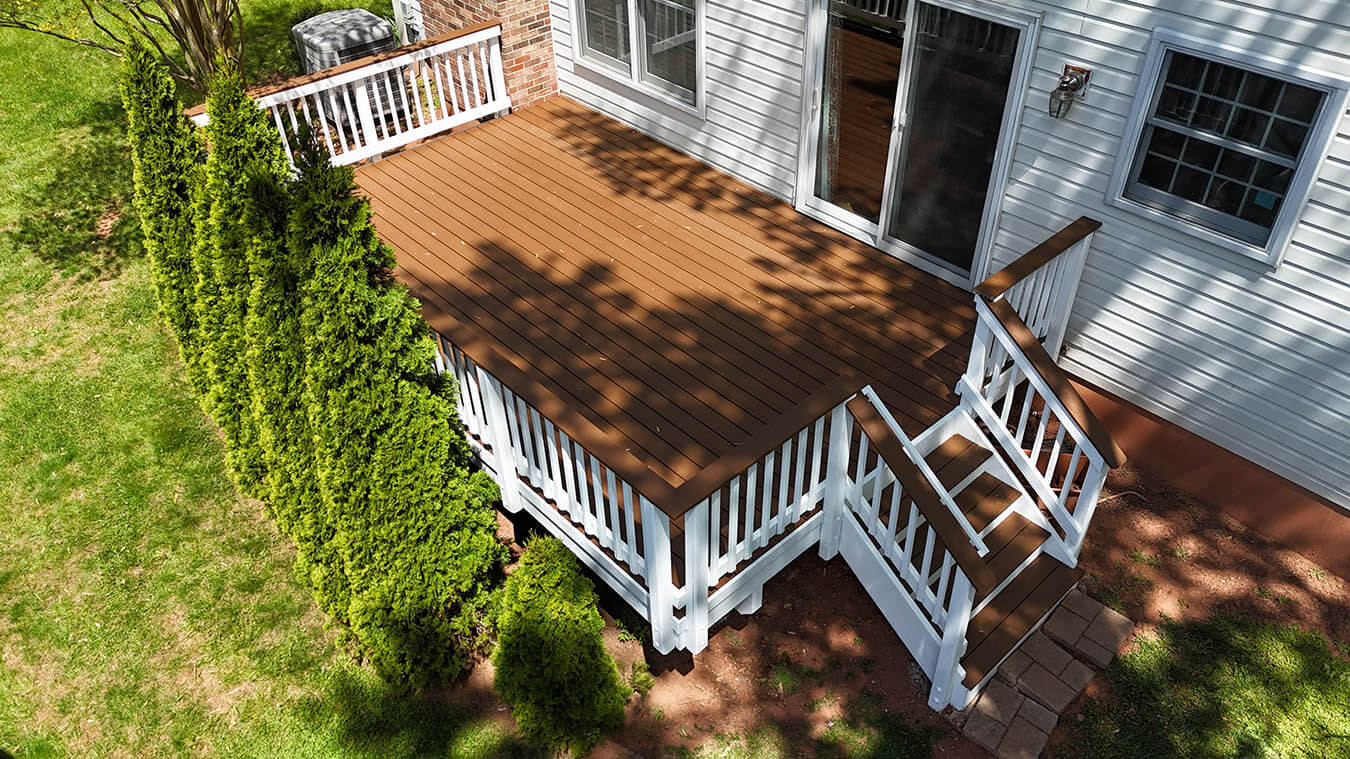
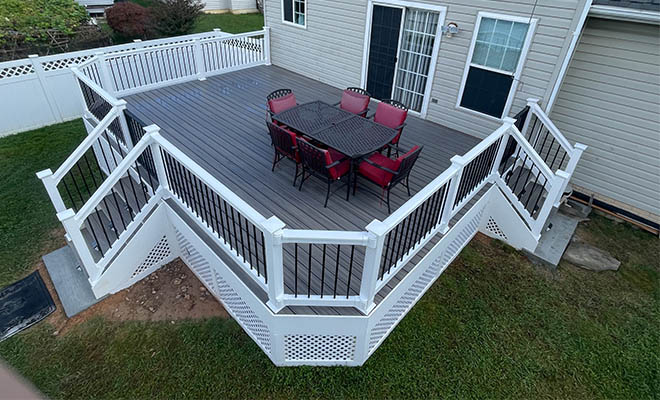











Good https://lc.cx/xjXBQT
Very good https://is.gd/N1ikS2
Awesome https://is.gd/N1ikS2
Very good https://is.gd/N1ikS2
Very good https://shorturl.fm/TbTre
https://shorturl.fm/TbTre
https://shorturl.fm/TbTre
https://shorturl.fm/A5ni8
https://shorturl.fm/bODKa
https://shorturl.fm/TbTre
https://shorturl.fm/m8ueY
https://shorturl.fm/5JO3e
https://shorturl.fm/oYjg5
https://shorturl.fm/XIZGD
https://shorturl.fm/TbTre
https://shorturl.fm/bODKa
https://shorturl.fm/68Y8V
https://shorturl.fm/XIZGD
https://shorturl.fm/hevfE
https://shorturl.fm/f4TEQ
https://shorturl.fm/ypgnt
https://shorturl.fm/retLL
https://shorturl.fm/0EtO1
https://shorturl.fm/0EtO1
https://shorturl.fm/hevfE
https://shorturl.fm/MVjF1
https://shorturl.fm/YZRz9
https://shorturl.fm/Xect5
https://shorturl.fm/PFOiP